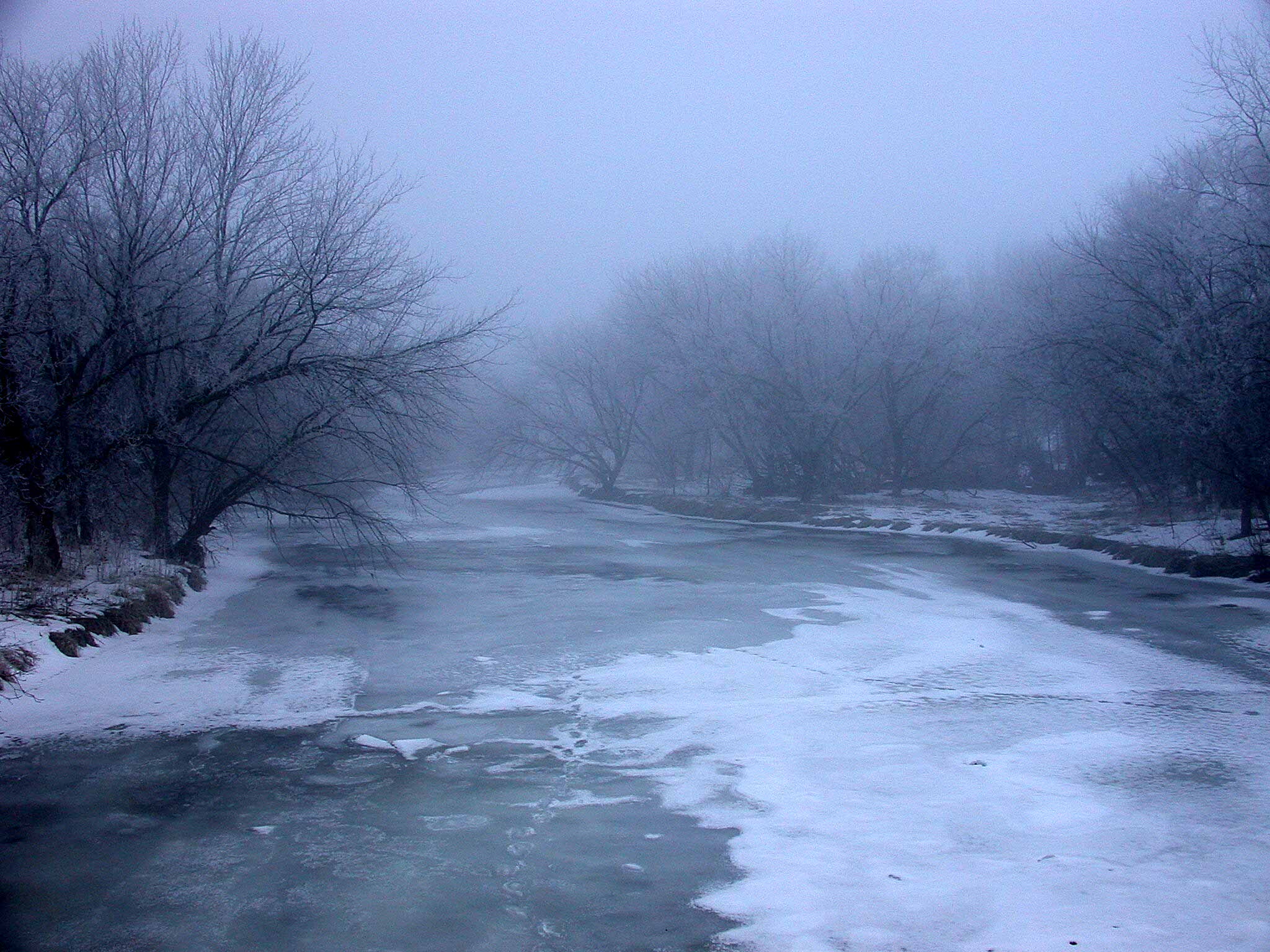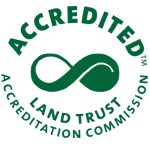A little-known environmental issue is affecting our communities in northeastern Illinois: salt. Specifically, rock salt—the kind we spread on our roads, parking lots, and sidewalks in the winter.
Of course, some rock salt is necessary to keep us safe in the winter. The problem is that we use too much. Standard salting practices overuse salt, spreading more salt than necessary to melt snow and ice. Simply put, we’re wasting salt—and this waste comes at the cost of clean water in local rivers, streams, and lakes.
Salt is Funneled into Streams Through Storm Drains
When we layer salt on roads and parking lots in the winter, much of it ends up in waterways. Salt on pavement dissolves into snow melt and stormwater runoff. The salty runoff eventually flows into storm drains that empty into rivers and streams without being treated. As a result, our freshwater streams are growing increasingly salty each year.

The Environmental Impact of Chlorides
Rock salt, or sodium chloride, breaks into separate sodium and chloride ions when dissolved in water. The chloride component impacts the environment in several ways.
Freshwater Fish Don’t Like Salted Streams
Elevated chloride levels (around 860 mg/l) are toxic to fish, amphibians, and macroinvertebrates. Even concentrations as low as 150 mg/L, about ½ teaspoon of salt in 5 gallons of water, impact aquatic organisms and are correlated to a drop in biodiversity. Is it really surprising that our freshwater fish don’t want to live in salt water?
Our Drinking Water Could Get Salty
Chloride is a persistent pollutant, meaning that once it is in the water, it stays there. As chlorides accumulate, our drinking water is at risk of turning salty. We begin to taste salty water when chloride concentrations are above 250 mg/L. Too much salt in our water can also lead to health problems for those who need low-sodium diets.
Chlorides are an impending threat for communities on well water since groundwater, being a closed system, is affected sooner. Yet, if we don’t curb salt use across the region, even communities sourcing water from Lake Michigan will see impacts in decades to come.
Plants Don’t Like Salt Either
Joseph LaForest, University of Georgia, Bugwood.org
Salt spray and salty runoff from roads and sidewalks damages plants. At greater amounts, chlorides can even kill plants altogether. There’s also the potential for chlorides to concentrate in the soil, causing harm to soil health and plants over time.
If you’re participating in our Conservation@Home program, we especially don’t want to lose your native trees and gardens!
Salt Corrodes Infrastructure
Chlorides also have consequences for the built environment. Chlorides corrode metal and concrete, so salting often damages roads, bridges, and vehicles. Therefore, excess chlorides reduce the lifespan of infrastructure and increase maintenance costs.
Salt Smart Solutions to Fight Chloride Pollution
Here are a few Salt Smart Solutions happening locally:
- Local municipalities are applying Salt Smart practices to their snow and ice protocols for clearing roads. For example, we recognized Village of Carol Stream with the 2023 Salt Smart Award for their environmentally-conscious approach to deicing operations in the Village. They’ve been going all-in on liquid applications to reduce salt and speed up snow clean-up!
- This year, we developed Salt Smart Certified, a training and certification program for winter professionals that clear parking lots and sidewalks.
- We’re also getting our community involved through the new Winter Chloride Watchers program, a community science initiative where volunteers collect water samples at local streams and test for chlorides.
- More homeowners are choosing to be Salt Smart—and you can too! Shovel first to clear as much snow as possible. Then, scatter salt sparingly over high-traffic and icy areas. There’s no need to spread salt on areas where no one walks or drives. After snowstorms, sweep up extra salt. Leftover salt on bare pavement isn’t doing anything and can easily be washed into streams. You can also experiment with your own brine application to save on salt.
The momentum is building for our community to take this salty issue seriously—and for good reason. In Illinois, the water quality standard for chloride (the level regulated by the state) is 500 mg/L. With aquatic ecosystems being impacted at 150 mg/L and drinking water tasting salty at 250 mg/L, we need to limit chlorides below existing standards to protect healthy streams and clean water.
This is a call for us to be future-thinking. Our precious freshwater resources need to be protected for us today as well as for future generations.

The Salt Smart Collaborative is coordinated by The Conservation Foundation and supported by local watershed groups, government agencies, and conservation organizations.



